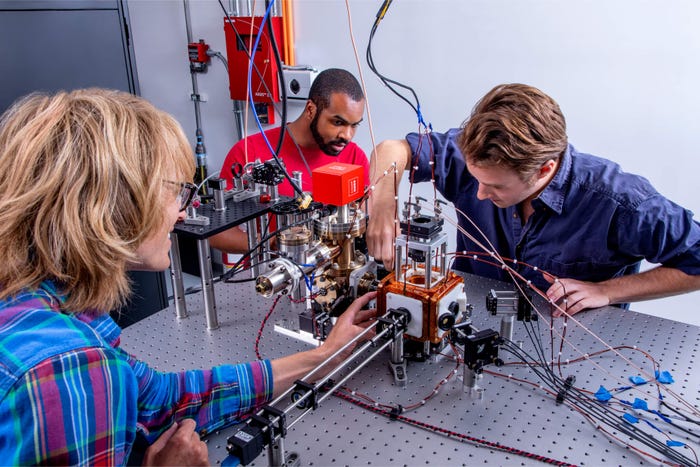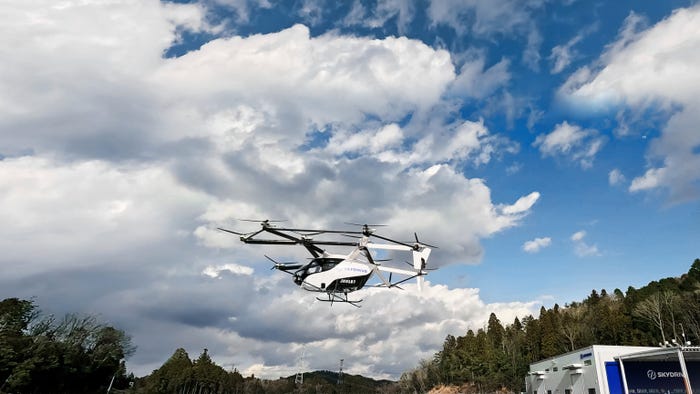.jpg?width=1280&auto=webp&quality=95&format=jpg&disable=upscale)
PTC and BAE are creating a new augmented reality (AR)-enabled helmet for fighter pilots, designed to display data directly onto a pilot’s visor and give mission updates in real-time.
PTC is providing its Creo software for the helmet’s display system.
The 3D-rendering software allows businesses to generate realistic renderings of the world in a virtual space. Deployed in BAE’s Striker II helmet, the software projects an AR view of the world directly in front of a wearer’s eyes and provides mission-critical data in real-time – inspired by the futuristic helmets seen in Iron Man and Top Gun.
.jpg?width=700&auto=webp&quality=80&disable=upscale)
Credit: BAE
Striker II is also kitted out with night vision and a 3D audio system that uses spatially positioned sounds to communicate the position of other aircraft – using red symbols for hostile, blue for friendly and yellow for unidentified.
“We can position sounds around the pilots such that if we give them a symbol on their display, we can make a sound come from exactly where that symbol is in the real world,” said Nigel Kidd, product director for helmet-mounted displays. “So again, it’s about grabbing attention and making it intuitive, not having to think: ‘Okay, I’ve got a tone, where’s that tone coming from?’ It’s immediately apparent and you can look straight at it.”
Speed and altitude information is also projected in real time to the pilot, providing new levels of situational awareness that BAE said “reduces the workload and takes them straight to decision-making,” operating in all conditions including low-visibility and nighttime.
Looking ahead, BAE said it will deploy more AI systems to move pilots more toward a mission commander role, enabling control of additional aircraft including unmanned aerial vehicles and drones.
“Another development is the virtual cockpit environment where the helmet is able to provide all of the information the pilot needs,” BAE said. “How they utilize that information is key.”
About the Author
You May Also Like








